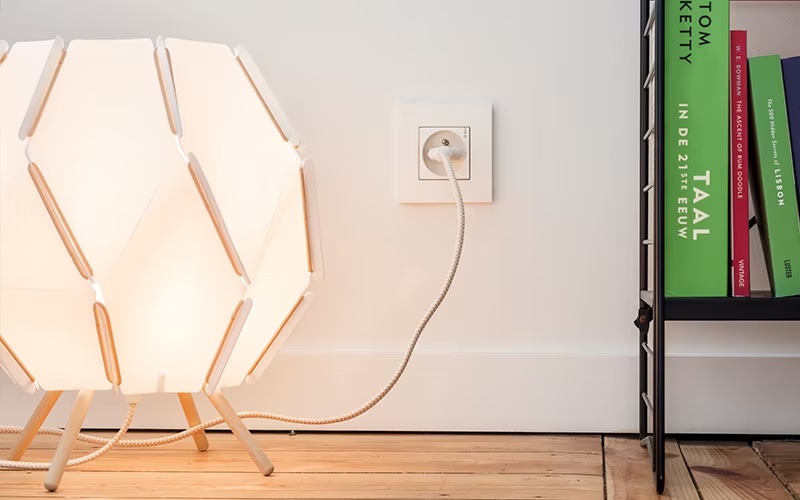What are the pros and cons of 12V and 230V?
Which voltage you choose depends on personal preference and the situation in which you need to provide lighting. Each of the two choices has its advantages and disadvantages.
12V
Advantages:
- The bulbs give much more light than halogen on 230V. A 20W halogen bulb on 12V gives as much light as a 50W bulb on 230V. A 45W halogen bulb on 12V gives 3 times more light than a 50W bulb on 230V.
- The bulbs last longer because they have to handle less voltage.
- The bulbs give brighter light (whiter) and these remain white when they are going to be dimmed.
- More possibilities in wattages and beams (20-35-50W).
- Possibility to convert to mood lights with LED.
Disadvantages:
- These require the use of an additional transformer, which you need to choose according to the load and location (distance from the spotlight). Depending on the load and location, you need to install an electronic or wound transformer.
If the distance between the spotlight and the transformer is less than or equal to 2 metres, you can install an electronic transformer. However, if the distance is longer than 2 metres, you should install a wound transformer. As the distance becomes longer and the load increases, you should use a thicker cable. This is because the longer the distance between the transformer and the spotlight, the more loss occurs.
230V
Advantages:
- No transformer needed (widely used in full ceilings without extra hollow space in which no transformers can be concealed).
- Also usable for low-energy lamps.
- Possibility to convert to mood lights with LED.
- Bulbs give warmer light (yellower shine - similar to the colour of a standard incandescent bulb).
Disadvantages:
- Fewer options in wattages (35-50W).
- On dimming, the bulbs pull away to orange colour.
- Limited lifespan.
Consumption of both versions is the same.
